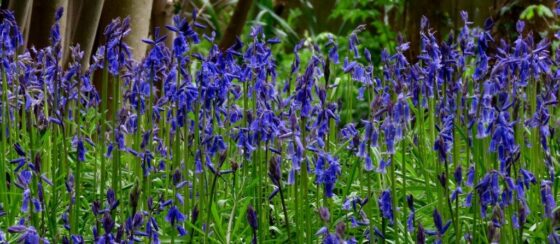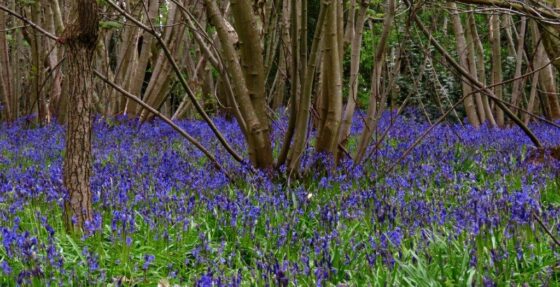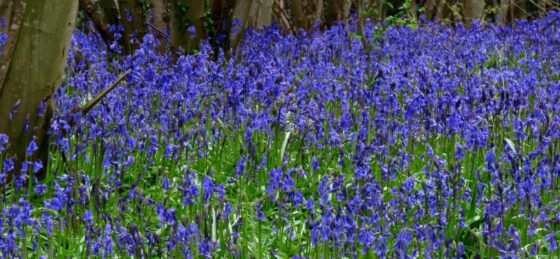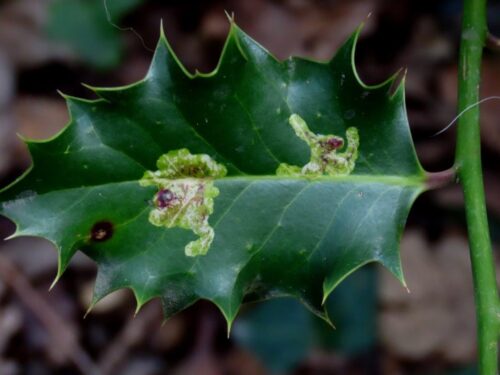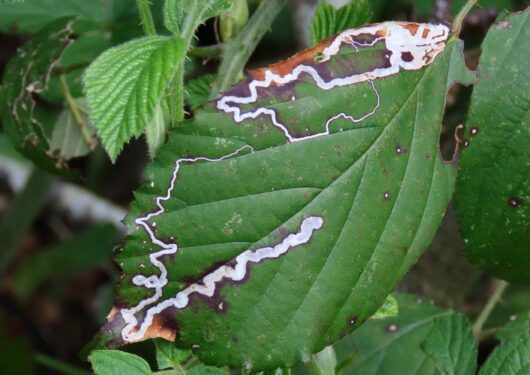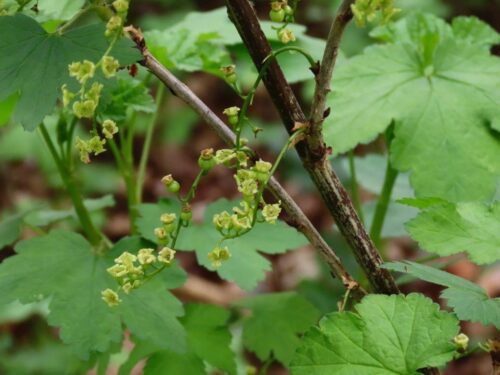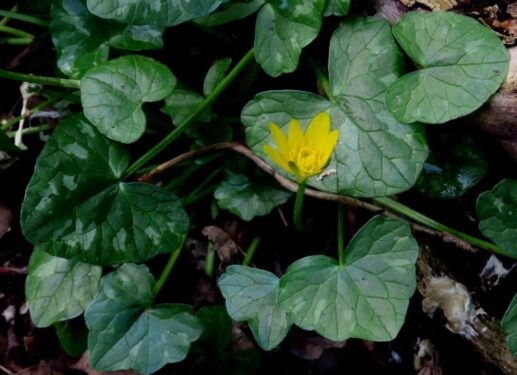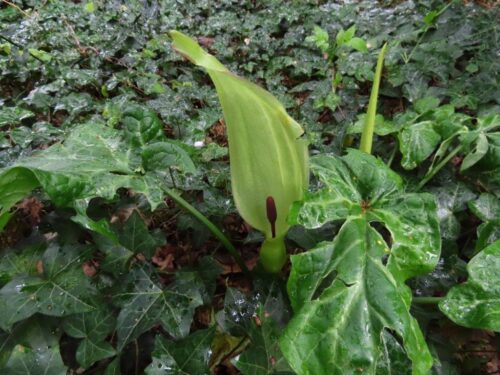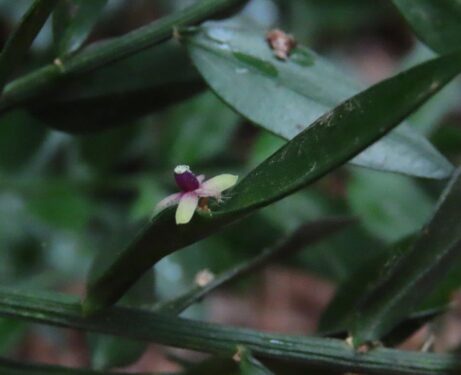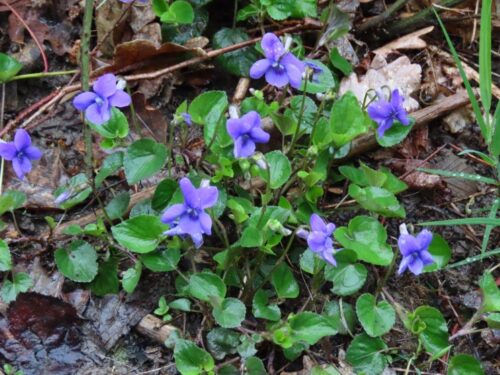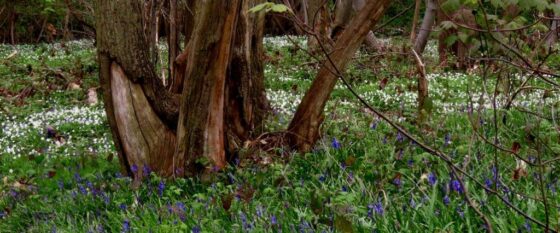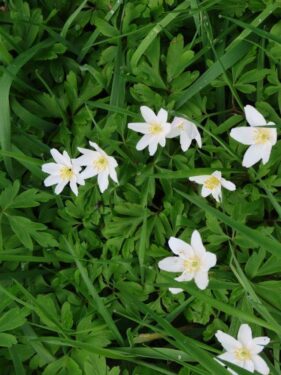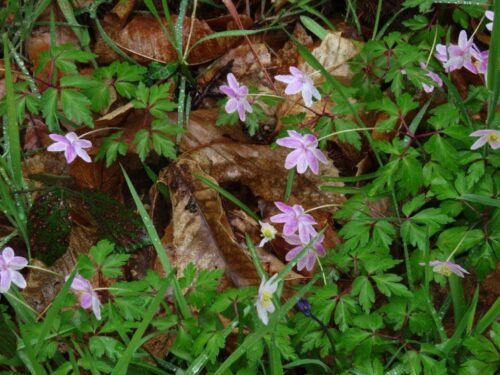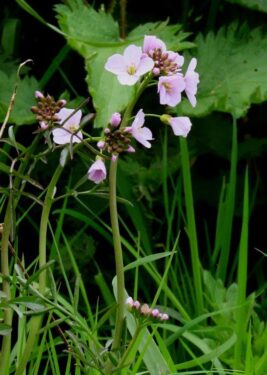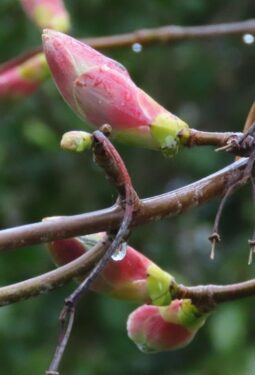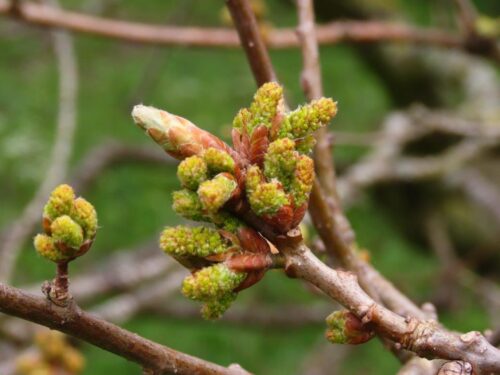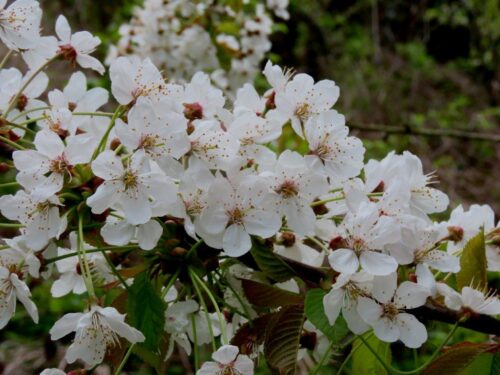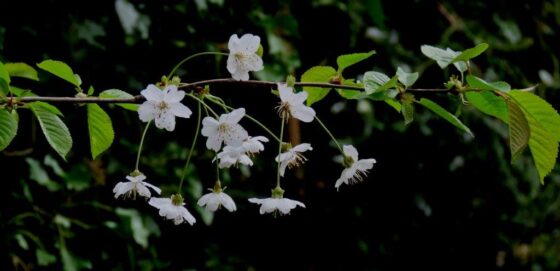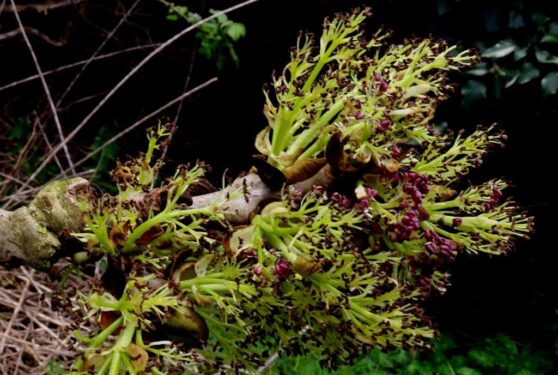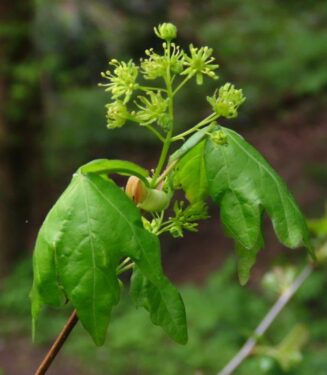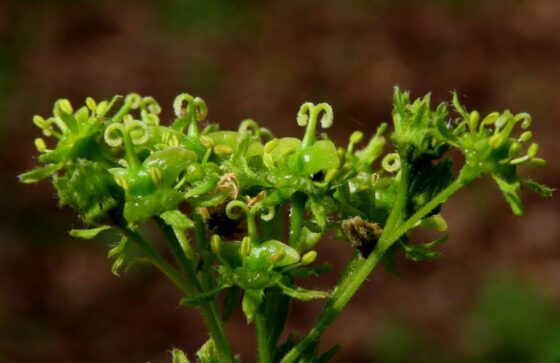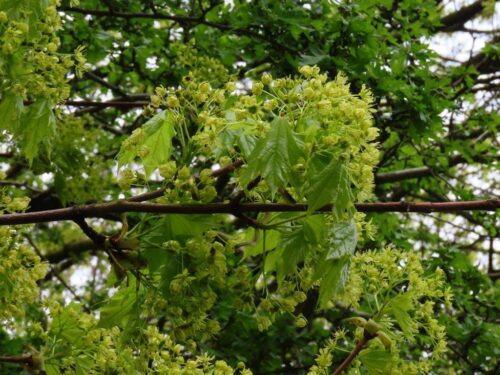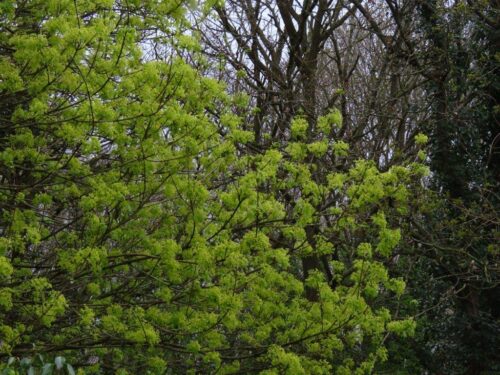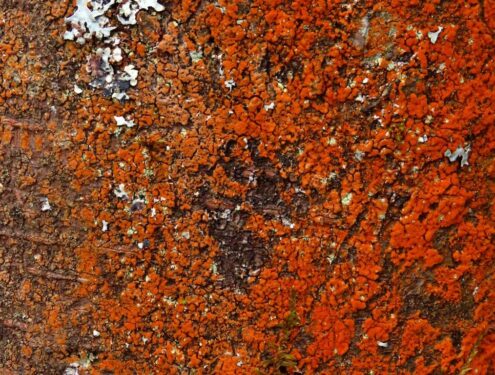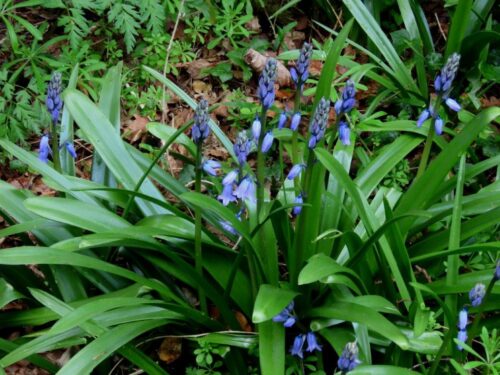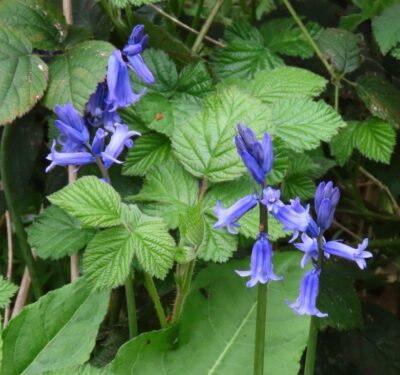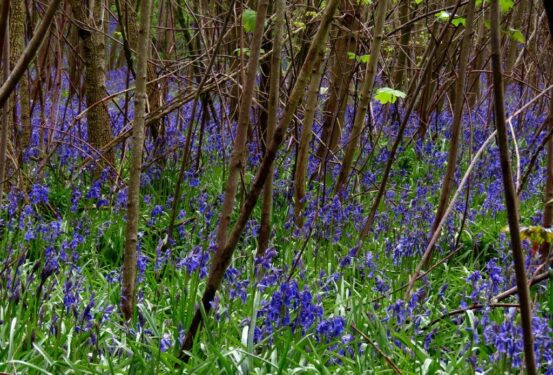Two walks, same place, two days, very different weather conditions resulted in a diverse range of wildlife discovered on our WildEssex walks this month, and this little write-up contains some of the ‘best bits’ of both.
Wivenhoe Wood is always a joy to spend time in – and Bluebell time is especially wonderful. That amazing blue, with an occasional heady whiff of intoxicating scent – a feast for the senses! And accompanied by a banquet for the ears with birdsong from a myriad of our feathered friends – on the sunnier day these included Firecrest and Treecreeper, whilst on the following duller, rainy day a Song Thrush sang its heart out to us. On both days the woodland chorus of Blackbirds, Chiffchaffs, Great Tits, Robins, Wrens and Blue Tits followed us on our wanderings.
The weather conditions meant virtually no sightings of insects, apart from the occasional queen bumblebee, but as the weather warms we hope on future outings to focus more on these incredibly interesting and important creatures. Although whatever the weather, there are always the signs of insects to find in the form of leaf-mines, here the mines of the Holly Leaf-miner fly and the Bramble Leaf-miner moth.
So plants were the main focus, and Chris excitedly discovered two plants which he had not previously found in our woodland – Wild Redcurrant and Heath Woodrush. As expected we saw lots of our old favourites, including Greater Stitchwort, Dog Violet, Lords & Ladies, Ground Ivy and Butcher’s-broom.
In places the white swathes of Wood Anemones rivalled the Bluebell show, and one particular patch had especially beautiful pink-tinged undersides to its flowers.
In grassy clearings and the open meadows of Lower Lodge, pink flowers were especially noticeable; Red Dead-nettle, Dove’s-foot Crane’s-bill, Common Stork’s-bill, with Cuckooflower in the damper spots, all crucial sources of nectar and pollen for early insects.
At this time the trees are springing into life. Sycamore and Oak buds were bursting, while the showy flowers of Wild Cherry were at their peak….
… while other trees with more subtle flowers, each a vision of understated beauty, included Ash, Field Maple and Norway Maple.
Otherwise, an occasional Grey Squirrel could be seen scurrying through the branches, and on the second day we were treated to a pair of Muntjac deer trotting along only a few metres away, the female flirting shamelessly with the clearly very interested male. And on just a few tree trunks the orange terrestrial alga Trentepohlia provided a remarkable splash of colour.
Finishing as we began, just a mention about Bluebells. A real threat to our native species is its hybridization with the Spanish Bluebell, with both the Spanish (left) and hybrid (right) we found in a couple of places. Does this matter? Well we think so: here is a link from the Wildlife Trusts which explains all …Spanish or native bluebell | The Wildlife Trusts.
